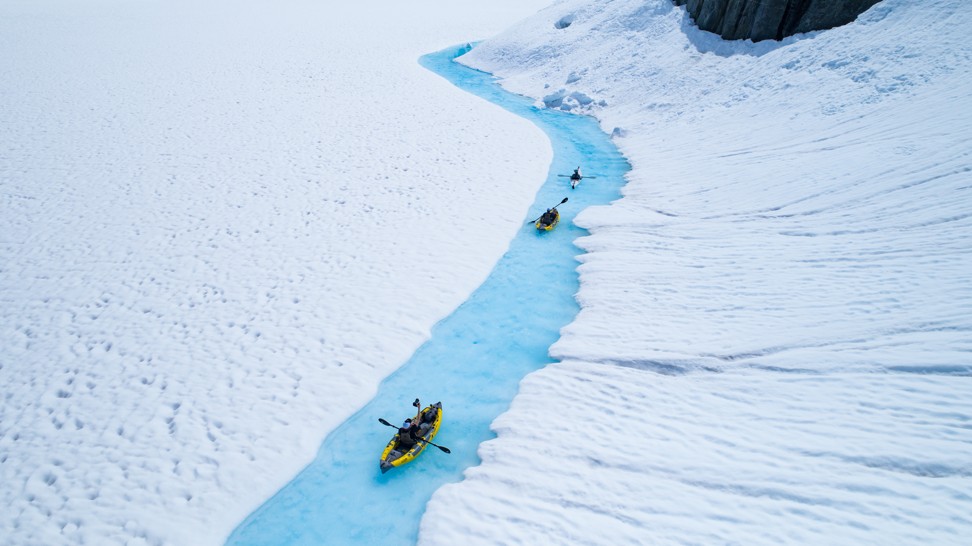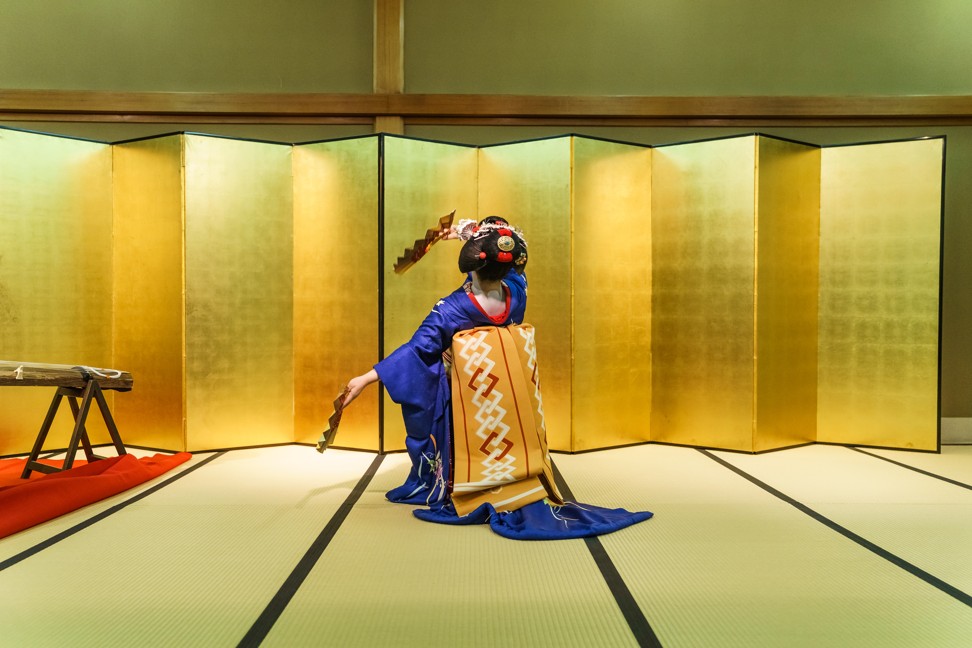Want to watch the night sky from the salt flats of Bolivia? Here’s how

“The traveller was active; he went strenuously in search of people, of adventure, of experience. The tourist is passive; he expects interesting things to happen to him. He goes ‘sightseeing’,” once said Daniel Joseph Boorstin, American historian, Pulitzer Prize winner and 12th Librarian of the United States Congress.
Today, everyone would rather be a traveller and experience things only reserved for a select few. And of the thousands of tour companies out there, those that offer top-of-the-line VIP services are a minority.
These modern luxury-travel curators belong to a species that has quietly but surely reached our shores, as demand for the inaccessible continues to be insatiable. These are providers with perspicacity, to whom the privileged turn to when in need of expert-led, once-in-a-lifetime world itineraries.
“The definition of luxury travel has really evolved,” says Louen Tang, consultant at bespoke travel specialist Scott Dunn Hong Kong. “It used to mean flying first class and staying in expensive six-star hotels.”
The company makes all manner of things possible: shutting down a pyramid in Egypt; hosting a private dinner for a special guest; or organising a wedding ceremony in a hot-air balloon over the Masai Mara plains of Kenya.
It has also just launched a brand-new collection of unbeatable, once-in-a-lifetime trips called “Seriously Special – The Experiences”, such as snorkelling between tectonic plates in Iceland, glamping in remote India, and quad-biking on the Makgadikgadi Pans of Botswana.
Such tailor-made expeditions are often sought by those in the 40-50 age bracket, but millennials aren’t far behind. They comprise the largest rising demographic for heavily curated trips that combine uniqueness with adventure, sprinkled with many “wow” Instagrammable moments.
The past five to 10 years have seen Chinese travellers mature rapidly. A decade ago, they were the ‘bucket list’ travellers – but now they are much more culturally savvy. They want to see new places, meet artisans, and immerse themselves in the experience
After all, there is absolutely no room for error. Standards have to be maintained, whether for small fixes or fully immersive relaxation.
“There have been occasions when clients have wanted help with illnesses, are in recovery from cancer, or have eating disorders,” says founder and owner of Healing Holidays, Frances Geoghegan. “We are very fortunate, though, in that we know great doctors, healers and specialists who can help us, and will design a programme for us. We know where to go to get the best advice, and often we arrange calls with client and specialists to determine the course to follow. As all the key European medical clinics exclusively contract with us, we know the key people extremely well.”
Also among their customers are celebrities – and their spectrum of needs.
“[Celebrities] often want a bespoke programme … It may be something to treat a skin breakout, or a recovery programme for an injury sustained while filming. They may go to their favourite beachside bolt-hole, and want the best personal trainers flown in, and a special diet created. We sort out all of this.”
To keep it all running seamlessly, a well-oiled network of partners and providers is indispensable.
True luxury, says Argentinian-born independent travel curator Carlos Melia, is an illusion.
“We all have, one way or the other, access to things. Money by itself cannot buy everything; contacts cannot give you access to all. But when you combine both, and learn how to ask nicely in a synergic way, they open doors to the unthinkable.”
Melia has over 25 years of travel experience, which has earned him the name “Little Marco Polo”. A self-proclaimed jet-setter-bon vivant, Melia has been a New York resident for 10 years. A large portion of Melia’s clients come from the fashion industry and the LGBT community, and his keen observations have served him well over the decades.
“In the case of family travel, the women are usually the ones taking control. With childless couples, the men are more keen to take the lead. For gay couples, usually the younger [partner] makes decisions.”
It doesn’t take much imagination to understand what his clients seek, as Melia’s definition of luxury is measured by rarity and sophistication that “go beyond the mere concept of self-indulgence”, he explains.
“The past five to 10 years have seen Chinese travellers mature rapidly,” says Mano.
“A decade ago, they were the ‘bucket list’ travellers – but now they are much more culturally savvy. They want to see new places, meet artisans, and immerse themselves in the experience.
“Millennials, too, are taking interest in ‘trying new things’, posting photos of themselves [taking on] new cultural or artistic challenges. So although those in the 50-plus age group still look for complete bespoke travel and itineraries, we see millennials picking and choosing carefully, spending larger amounts on the experiences that really spark their interest.”
Want more stories like this? Sign up here. Follow STYLE on Facebook, Instagram and Twitter

Travel curators provide ultimate VIP itineraries and services, such as snorkelling between tectonic plates in Iceland or organising a wedding ceremony in a hot-air balloon over the Masai Mara plains of Kenya



